I assume in the answer below that the short-circuit at the ouptut on the left is not present in the actual circuit and that the op amp is powered by a dual power supply in both cases.
In the first configuration, the op amp does not have any feedback and, thus, the offset voltage at the output equals the input-referred offset voltage (which is the one specified by data sheets) multiplied by the DC open loop gain. This, in the case of the OPA 656 is of the order of \$10^3\$ (as can be seen from the data sheet) and with a huge tolerance. To determine the input-referred offset voltage you’d have to divide the measured output-referred offset voltage by the DC open loop gain. However, the large tolerance that there is on this gain doesn't allow one to accurately determine the input-referred offset voltage.
In addition to the above, it should be remarked that the circuit on the left may not work with op amps having a high open loop gain because the op amp would be likely driven into saturation by any offset voltage greater than a few microvolts.
Instead, in the circuit on the right, the op amp operates as a unity-gain buffer and the measured output voltage coincides with the input-referred offset voltage.

